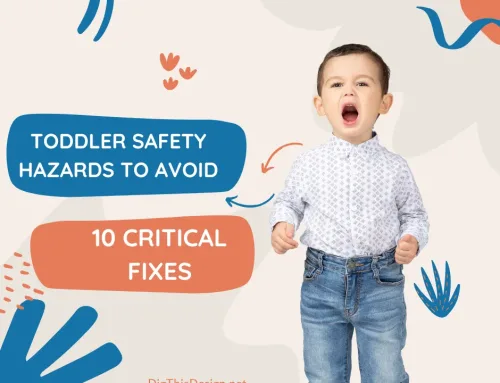Creating a beautiful and functional home doesn’t have to be expensive or complicated. In fact, with the right approach, even small adjustments can have a big impact. That’s why smart interior design hacks can make a noticeable difference.
Whether you’re redecorating a room, updating your furniture, or simply looking for clever ways to refresh your space, these tips will help you transform your home effortlessly. Therefore, here are 10 genius interior design hacks to inspire your next project.
Easy To-Do Interior Design Hacks

Design by Patricia Davis Brown Designs, LLC.
1. Use Mirrors to Create Depth and Light
One of the easiest interior design hacks is strategically placing mirrors in a room. For example, mirrors reflect natural light, which makes spaces feel brighter and larger. Additionally, placing a large mirror opposite a window maximizes sunlight, while smaller mirrors can serve as decorative accents. Consequently, mirrors not only enhance the room’s visual appeal but also add a touch of elegance.
2. Incorporate Multipurpose Furniture
Small spaces benefit immensely from furniture that serves more than one purpose. For instance, ottomans with storage inside, fold-out desks, or sofa beds are all excellent options. Moreover, multipurpose pieces save space and reduce clutter, which is a critical aspect of effective home design. Therefore, this interior design hack tip is ideal for apartments, studios, or any home with limited space.
3. Add a Pop of Color with Accessories
Transforming a neutral room is easy if you add colorful pillows, rugs, or artwork. In fact, this is one of the simplest interior design hacks that delivers a big impact without a major renovation. Furthermore, choosing colors that complement your existing palette maintains harmony, while bold choices create a statement. Consequently, accessories can also be swapped seasonally, keeping your decor fresh year-round.
4. Layer Your Lighting
Lighting can make or break a room. Therefore, layering different types of light—ambient, task, and accent—is one of the most effective interior design hacks. For example, ambient light illuminates the room, task light supports daily activities, and accent light highlights decor or architectural features. Additionally, using multiple light sources creates a warm and inviting atmosphere.
5. Rearrange Furniture for Flow
Sometimes, the easiest way to revamp a space is simply to move your furniture around. However, rearranging furniture improves flow, opens up pathways, and can make a room feel completely new. In addition, this approach allows you to experiment with different layouts without spending any money.
6. Highlight Architectural Details
If your home has unique architectural features such as crown molding, exposed beams, or built-in shelves, make them stand out. For instance, painting them a contrasting color or adding accent lighting draws attention to these elements.
Moreover, this strategy not only celebrates your home’s character but also adds depth and visual interest. Consequently, highlighting architectural details can completely elevate a room.
7. Use Rugs to Define Spaces
Rugs are a powerful tool in interior design. They can define seating areas, add warmth, and introduce texture or color. In fact, one of the smartest interior design hacks is using rugs to visually divide spaces, especially in open-plan layouts. Additionally, selecting rugs that complement your furniture creates a cohesive look and enhances the overall aesthetic.
8. Embrace Minimalism
Less truly can be more. By clearing out unnecessary items and focusing on a few key pieces, you create a clean, serene environment. Moreover, minimalist interiors feel larger and more organized, which is why this interior design hacks approach works in any room. Furthermore, letting each item serve a purpose ensures that your space is both functional and stylish.
9. Mix Textures for Visual Interest
A room with only one texture can feel flat and uninspiring. Therefore, mixing textures—such as combining velvet cushions with wooden furniture or a wool rug with a leather chair—adds depth and character. Additionally, this approach keeps neutral spaces from feeling bland, making the room feel dynamic and well-designed.
10. Incorporate Greenery
Plants bring life, color, and freshness to any interior. Moreover, they improve air quality and create a calming atmosphere, which makes this one of the most enjoyable interior design hacks. For example, small potted plants on shelves or large statement plants in corners instantly elevate your space. Additionally, greenery can complement almost any design style, from modern to traditional.
Implementing these interior design hacks doesn’t require a huge budget or professional help. Consequently, with just a few strategic changes, you can completely transform the look and feel of your home. Therefore, these 10 genius interior design hacks are designed to inspire creativity, maximize comfort, and ensure every room feels uniquely yours.





